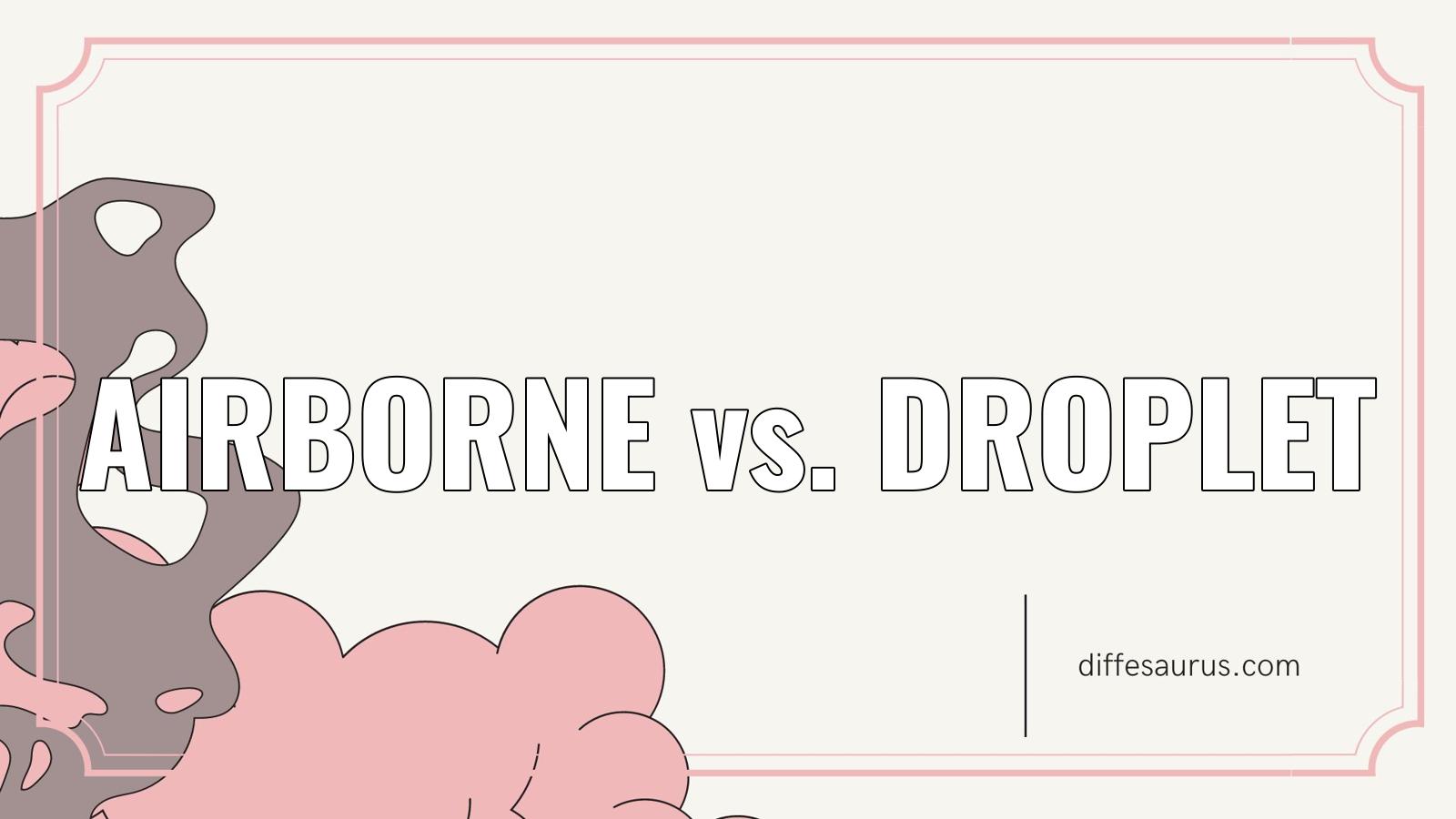It is known that COVID-19 can be spread by droplets. According to reports from the Centers for Disease Control, person-to-person transmission most commonly happens during close exposure to a person with COVID-19.
There is a lot of discussion about the properties of COVID-19 and the need for airborne precautions because of aerosolized particles. An aerosol, which are micro-droplets, can stay suspended in the air for a long time or even travel by air currents. The small droplets are produced when you breathe. The spread of COVID-19 is thought to be caused by people who are not infectious, but still asymptomatic. Collecting respiratory specimen are considered aerosol generating procedures and would require airborne precautions.
What is droplet transmission?
Droplet transmission occurs when a person sneezes, coughs, drips, or exhales a large amount of respiratory droplets. Usually, they travel less than 3 feet before they settle. There are infectious particles in these droplets. If people are close enough to each other, they can be spread directly. The droplets land on hands, toys, tables, mats, and other surfaces where they can stay infectious for hours. People who come in contact with these surfaces start to spread the disease. The infectious hand can enter the new person when it touches their nose or eyes.
How does COVID-19 airborne transmission occur?
In the form of droplets, people release respiratory fluids during exhalation.
How does COVID-19 spread through droplets and aerosols?
The current evidence shows that the virus is spread between people who are in close contact. When a person coughs, sneezes, sings or breathes, they can spread the virus from their mouth to their nose. If infectious particles come into direct contact with the eyes, nose, or mouth, another person can contract the virus.
How long can COVID-19 stay airborne?
Droplets or aerosols can be aerosols. When a person coughs or sneezes, droplets or tiny particles called aerosols are carried into the air from their nose or mouth. Everyone can breathe it into their lungs if they are within 6 feet of that person. The virus can live for up to 3 hours in the air. If someone has it and you breathe in the air, it will get into your lungs. The experts are not sure how much of a role the airborne route plays in the epidemic.

What is COVID-19 droplet transmission?
Airborne particles and droplets form the basis of the spread of COVID-19. There are particles and droplets of respiratory fluids in the air when a person exhales. There are different sizes of droplets or aerosol particles. When infectious droplets and particles are exhaled, they move outside of the person. The virus can be carried and spread by these droplets. The fine droplets and particles can accumulate in the room or space if they continue to spread through the air.




